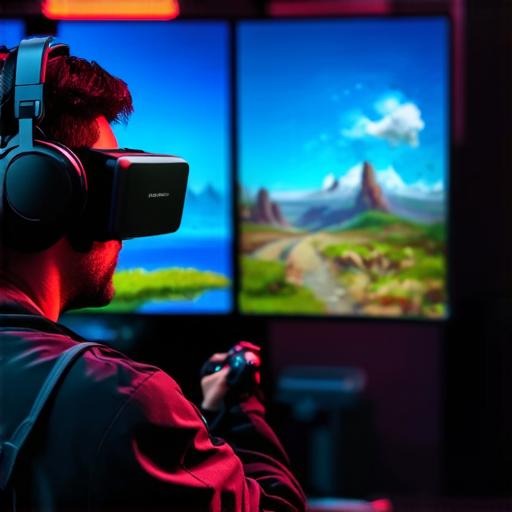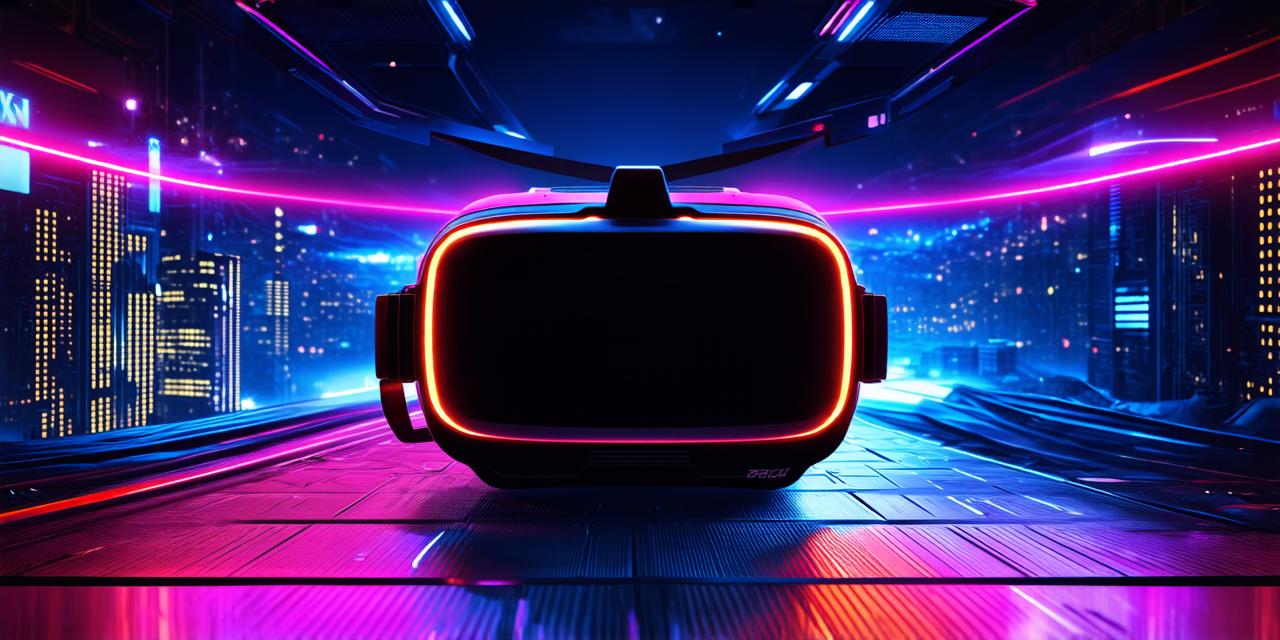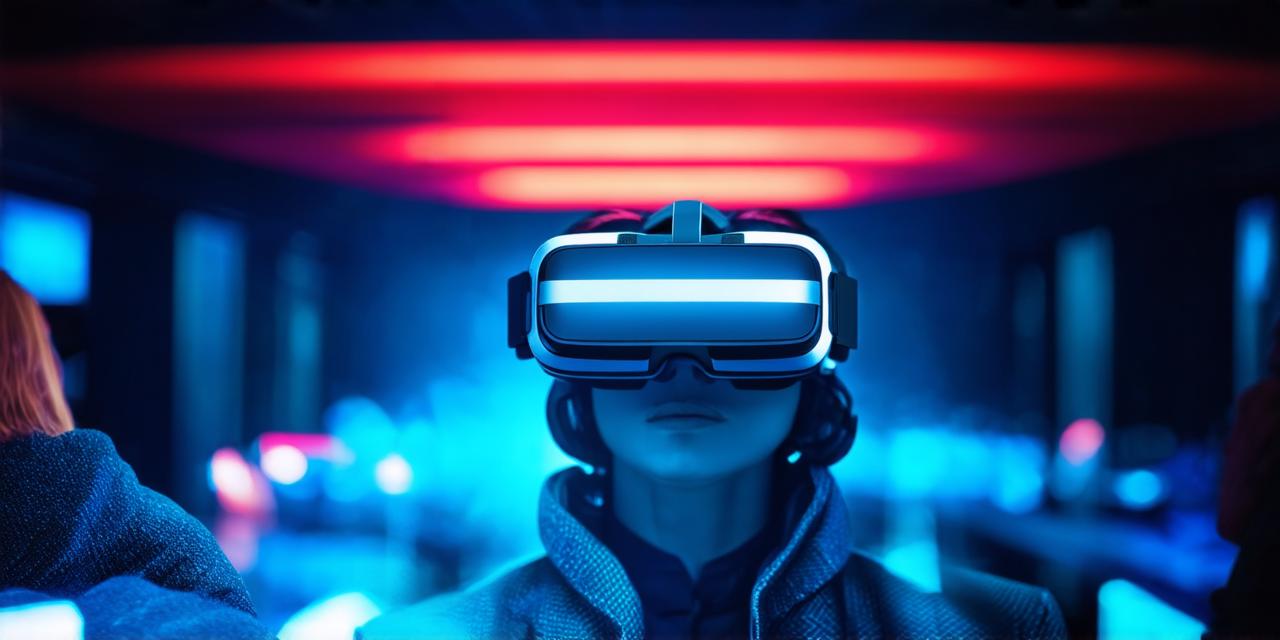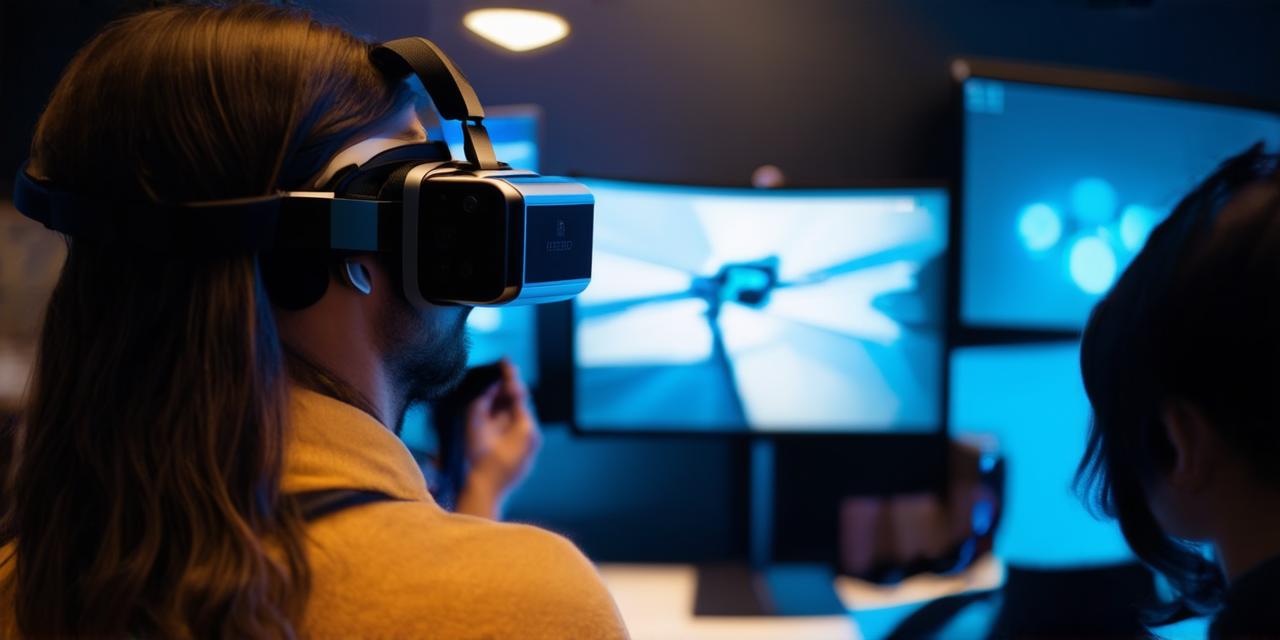Virtual reality (VR) technology has come a long way since its inception. With VR headsets, users can immerse themselves in virtual worlds and experience things that were previously impossible.
However, there’s something about the visuals in VR that has been a topic of discussion for some time now – why does VR use slightly varied visuals for each eye?
The answer to this question is quite simple: it’s because of the way our brains process visual information. Our eyes are not exactly alike, and they don’t see things in the same way. Each eye has a slightly different perspective on the world around us, which leads to slightly varied visuals.
By providing slightly varied visuals for each eye in VR, we can simulate this natural difference in perspective and create a more realistic experience.

One of the key factors that contribute to this effect is stereoscopic display. Stereoscopy refers to the technique of presenting images to each eye separately, which creates an illusion of depth.
By using different visuals for each eye, VR headsets can create a more realistic 3D image by taking into account the natural differences in our eyes’ perspectives.
Another factor that contributes to this effect is interocular distance. This refers to the difference in distance between our two eyes.
Each person has a slightly different interocular distance, and this can affect how we see things in the real world. By using different visuals for each eye, VR headsets can simulate this natural difference in perspective and create a more realistic experience.
In addition to these factors, there are also practical considerations that contribute to the use of slightly varied visuals in VR.
For example, some VR headsets may have different resolution or field of view for each eye. This is because it’s more cost-effective and efficient to produce a single image for both eyes and then adjust it as needed to create the illusion of stereoscopy.
Overall, the use of slightly varied visuals in VR is an important part of creating a realistic and immersive experience. By taking into account the natural differences in our eyes’ perspectives, we can simulate the way we see the world in real life and create a more engaging and lifelike virtual environment.



